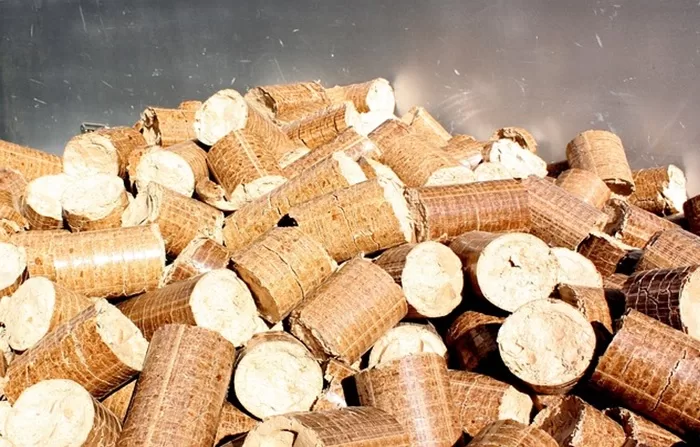Resources
What Are Pellets & How Are They Made

As the world is going green and adopting climate-friendly solutions, pellets can provide homeowners with a sustainable, environment-friendly energy source. Pellet machines usage has also grown in use as they are environmentally friendly and help convert waste into new energy.
As more people become aware of the impact of climate change and are looking for alternative fuels for heating, a pellets machine can be a great investment for businesses that want to help protect the environment and get some extra profit.
To help you fully understand the impact of pellets, read on as we explain what they are and how they are made.
What Are Pellets
Pellets are compressed organic particles from sawdust, plants, trees, wood chips, or lumber mill scrap. They provide heat to companies, homes, or organizations such as schools or prisons. On a small scale, pellets are used in boilers, stoves, and furnaces to heat your house. Wood pellets being the popular options, they fall into two categories which include:
- Softwood pellets. The softwood pellets contain a higher BTU output which means they will burn hotter due to their higher lignin concentration. They will produce a BTU of between 10% to 20%. Additionally, they have low ash content.
- Hardwood pellets. These pellets have a naturally low moisture content and higher density, making them burn longer.
The Process of Making Pellets
Getting The Raw Materials
The production of heating pellets starts with the generation of raw materials. The raw materials are usually a byproduct of a wood processing operation, such as hardwood flooring mills. These operations can produce large quantities of dry sawdust and scarp blocks.
In addition, you may get your raw materials from mills producing pellet-making raw materials directly from trees, such as Roundwood. Your preferred raw material may be freshly cut, green, kiln dry, or partially dried. However, your end product should be consistent in ash and moisture content, heat value and burning characteristics.
Sort and Create Uniform Size
The materials for pellet production come in a variety of sizes and shapes. These materials must be broken down into uniform sizes to ensure they provide a consistent heating value. The first step is to sort your materials by size, small and large. Place the large pieces in a wood chipper that will break them into smaller and similar-sized pieces. For smaller-sized materials such as sawdust and wood chips, ground them down for consistency.
Drying
The raw materials have to be uniformly dried into low moisture content before turning them into pellets. Excess moisture in pellets can lead to low consolidation of the pellet, which will lead to dust in the final product. The grounded product will be passed through a large dryer drum to remove the excess water and attune the moisture content of your materials. The drums may use propane, natural gas, sawdust burners, or other fuels to heat the drum to drive off the excess moisture. Heating Pellets should have a moisture content of between 5 % and 10%; more than 10% will lead to a poor product.
The Mill
After the material has been dried, they are passed through a high-pressure die. The sawdust and other materials are bound together in this stage through heating. The material heat up will produce natural lignin in the wood that enables the binding. During this stage, the density, size and durability of the pellet product are determined. The specific setting has to be fed into the pellet mill to determine the outcome of the product.
Cooling
When removed from the mill, pellets are at 200 and 250 degrees hot and can easily break. To prevent this, they have to be preserved by placing them in a cooling tower or a silo for hardening. After they have cooled down, they are stored in a silo where they wait for packaging or distribution.
Packaging
After you have your pellets ready, the final step is packaging them for distribution. Pellets are typically packaged in 40-pound bags, then stacked into pallets or skids. Store the pellets in a temperature-controlled area to prevent them from collecting moisture, which could ruin the product. Depending on the distribution channel, a skid can hold an estimated one to one and a half tons of fuel. After stocking, the skids are shipped and distributed around the country for home delivery or consumer pick-up at retail locations.
Conclusion
The market for wood pellets has skyrocketed, especially due to the rising prices of fossil fuels and natural gas. Pellets can be a reliable and cost-friendly source of energy for heating purposes. With the right machinery, you can easily make pellets for commercial or domestic use.






















































